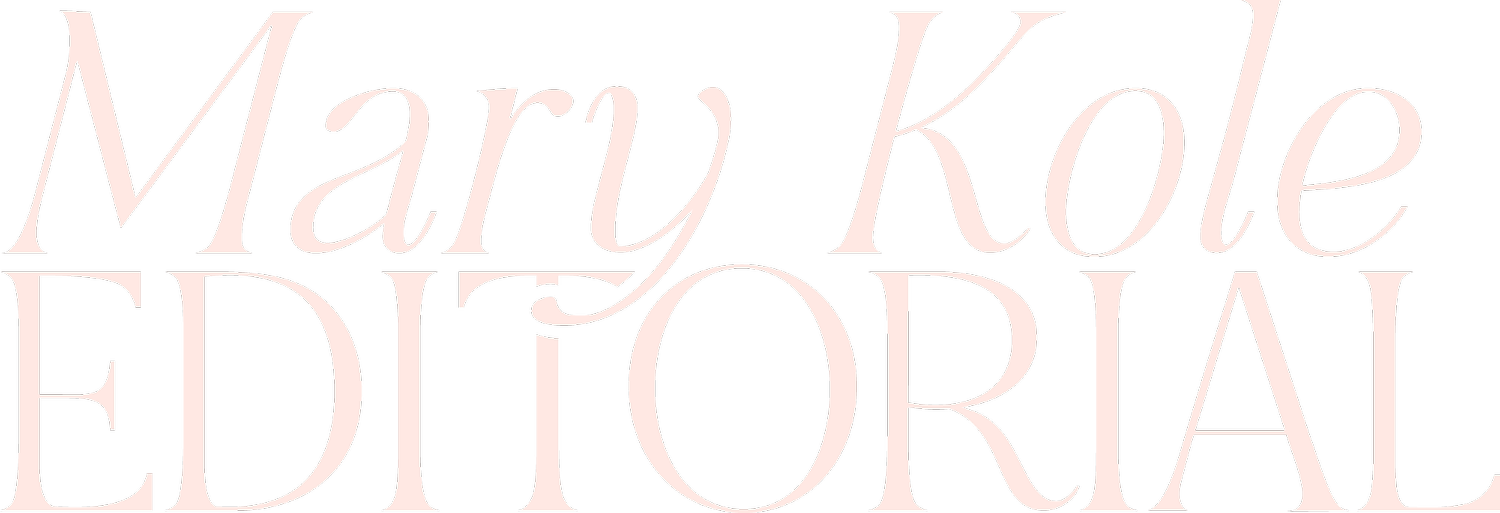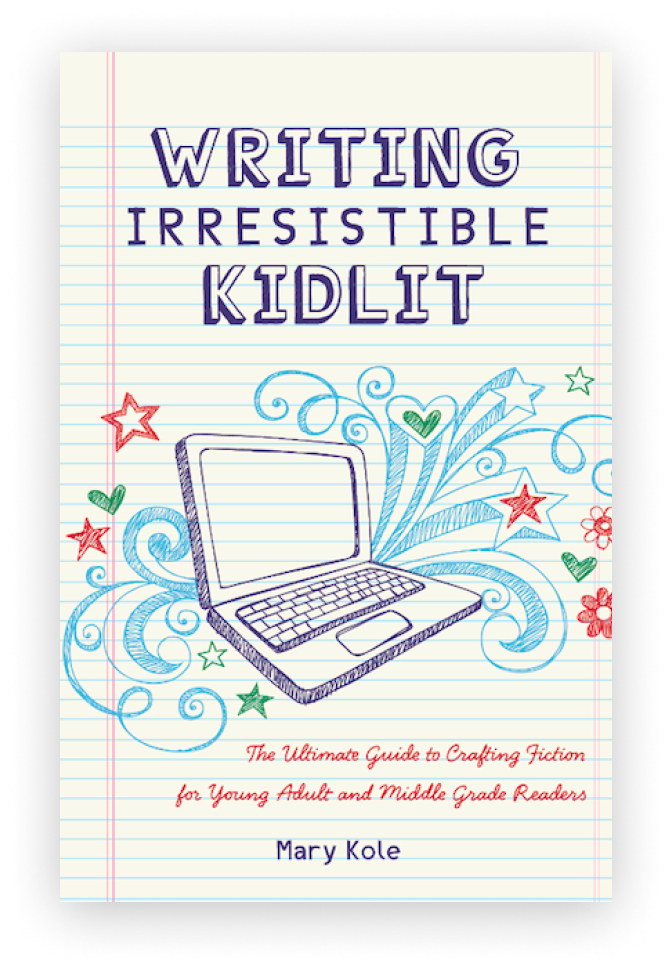Creative Writing
Sentence Structure
By Mary Kole
Mary Kole is a former literary agent, freelance editor, writing teacher, author of Writing Irresistible Kidlit, and IP developer for major publishers, with over a decade in the publishing industry.
As an aspiring writer, you've likely heard the phrase "sentence structure" tossed around quite a bit. But what exactly does it mean? The way you structure your sentences can make or break your creative writing. It's essential to understand your options, how to use them, and when to use them to convey your message succinctly and beautifully. In this article, I’ll dive deep into the art of sentence structure, discussing its impact on your story structure, pacing, and writing style.
Sentence Structure 101
Before we explore the different ways you can structure your sentences, let's review some basics. Every sentence must have a subject and a verb. However, in creative writing, you can introduce complexity and depth by adding modifiers and other sentence elements. You can use sentences of varying lengths, from short, choppy sentences that create tension to long, meandering sentences that inspire contemplation. When you think about the structure of your sentences, consider your target audience, genre, and the tone you want to set. Literary fiction sentences are going to be different from those you’d use in a children’s book, for example.
The Power of Simple Sentence Structure
While you might be tempted to show off your writing skills by using complex sentence structures, simple sentences can be just as effective. They strip away any extraneous information and get right to the point. Simple sentences can create a sense of tension or urgency, making them great for action scenes. They can also evoke childlike innocence, allowing your characters to come across as more approachable. Don't underestimate the power of simple sentence structures. It’s actually quite difficult to generate clean, simple writing that gets its point across. Don’t overcompensate here.
The Beauty of Compound-Complex Sentences
If you want to delve into more complex sentence structures, compound-complex sentences are a great option. They combine two independent clauses with a dependent clause, allowing you to create complex ideas in a single sentence while maintaining clarity. They give you the ability to create a sense of balance, providing a satisfying rhythm to your prose. These sentence structures are perfect for description and introspection, which is done using the tool of interiority.
Common Sentence Structure Mistakes
Any aspiring writer will make mistakes, but you can avoid common errors by understanding what you’re doing. One of the most common mistakes writers make is writing sentences that are too lengthy. These can be difficult to read and comprehend, leading to confusion and boredom. Similarly, using choppy, short sentences throughout your work can disrupt the flow of your writing, making it challenging to immerse your reader in your writing voice. By understanding these mistakes, you can avoid them and create writing that is both enjoyable and elegant. One of my biggest tips is to read your work aloud, especially if you’re struggling with writing style or clarity. This will help you realize where you’re getting yourself across and where you’ll want to revise.
Sentence structure is a crucial element in creative writing that can have a profound impact on whether or not you hook your reader. Knowing how to use various sentence structures to convey your message effectively can make the difference between a mediocre work and a masterpiece. By utilizing different sentence structures, you can create pacing, tension, and tone that bring your writing to life. Avoid common mistakes and experiment with different sentence structures to find what works best for the message you want to convey. Start building your writing toolkit, one sentence structure at a time.

Click here to purchase Writing Irresistible Kidlit, my book on fiction craft for MG and YA novels, out from Writer's Digest Books. This will show you my writing craft philosophy and give you lots of valuable advice, including tips for the novel revision process and self-editing. There are over 35 example novels cited and discussed throughout. It’s a valuable resource for any writer’s toolkit.
Click here to purchase Irresistible Query Letters, my book on query letters, including over forty examples with comprehensive notes on each one. There’s a ton of submission advice, best practices, and insider information in these pages, and you’ll really enjoy seeing what other writers are doing in the slush.




